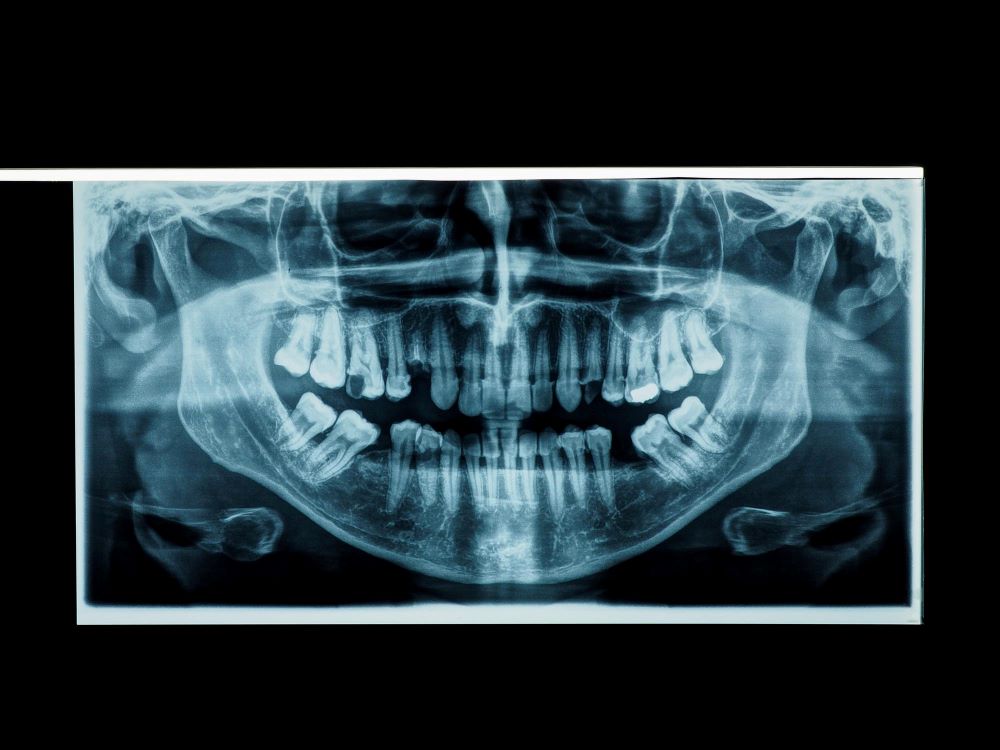As dentistry evolves with technology, dental tomography, especially Cone Beam Computed Tomography (CBCT), emerges as a transformative tool, reshaping diagnostics and treatment planning in multifaceted ways.
One of the most remarkable applications of dental tomography is in the realm of dental implants. The precise 3D imaging capabilities of CBCT scans allow dental professionals to assess bone density with unparalleled accuracy. This evaluation is crucial as it not only aids in determining the most viable implant site but also in predicting the longevity and stability of the implant. Moreover, tomography helps clinicians anticipate potential challenges by visualizing vital structures such as nerves and sinuses, thus minimizing post-operative complications.
Root canal treatments, often perceived as complex procedures, have been significantly demystified with the advent of dental tomography. Traditional 2D X-rays could provide limited information, occasionally missing hidden canals or infections. With the three-dimensional insight offered by tomography, endodontists can now navigate even the most tortuous root structures, ensuring a comprehensive cleaning and precise filling of the canal. This enhances the success rate of the treatment, reducing the likelihood of reinfections or complications.
Orthodontics, a field that predominantly relies on accurate spatial understanding of dental and skeletal structures, has been revolutionized by dental tomography. Gone are the days of relying solely on 2D cephalometric X-rays. Now, orthodontists can delve deep into the intricacies of the jaw, teeth, and surrounding structures, offering insights into cases of impacted teeth, skeletal discrepancies, or temporomandibular joint (TMJ) disorders. This depth of understanding translates into more predictable outcomes and often shorter treatment durations.
In the sphere of oral surgeries, dental tomography plays an indispensable role. Whether it’s planning for the removal of cysts and tumors or preparing for intricate surgical procedures, tomography provides a roadmap. Surgeons can anticipate challenges, understand the depth and spread of lesions, and ensure minimal invasiveness during procedures, all thanks to the clear visuals offered by tomographic scans.
In essence, dental tomography has firmly established its place as a cornerstone of modern dentistry. It enhances accuracy, reduces uncertainties, and most importantly, augments the quality of care that dental professionals can provide to their patients.



